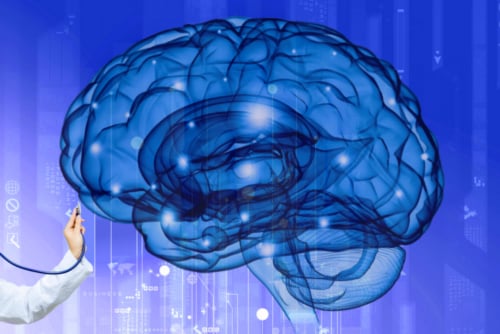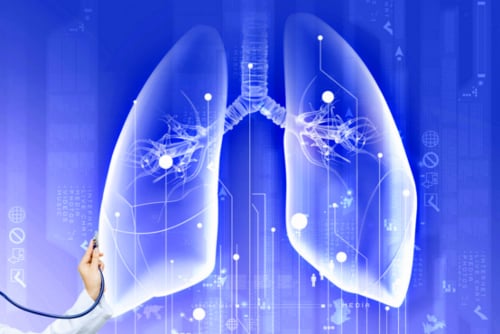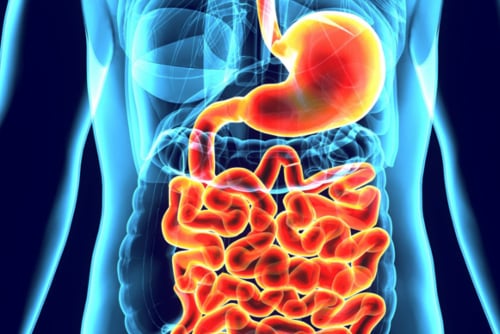
Meningoencephalitis are characterized by an inflammation of the brain and of the meninges. When it is due to an infection, its origin can be viral or bacterial.
These infections are especially dangerous for children, having a higher mortality rate among them than among adults. The early detection of the pathogen is vital to provide a correct treatment and minimize the associated risk.

Respiratory tract infections can affect both upper and lower airways. The latter are less frequent but more serious. They can be caused by viruses, bacteria or fungi, although most are of viral origin. In some cases they can trigger serious clinical conditions, such as pneumonia. Identifying the causative agent of the disease is essential to determine the severity of the disease and choose an appropriate treatment.

Gastrointestinal infections cause gastroenteritis and mainly affect the stomach, small intestine and colon. The causal agents of these infections can be viruses, bacteria or parasites.
Gastrointestinal infections are one of the most frequent infectious diseases and one of the most important causes of morbidity and mortality in children and the elderly. In this context, a fast diagnosis is key to offer an adequate treatment.

Bacterial resistances are based on molecular mechanisms that allow bacteria to survive antibiotics. They are increasing alarmingly, they are associated with higher mortality rates and due to them the cost of treatments is much higher. The identification of the type of resistance that a bacterium presents is essential to provide an adequate antibiotic treatment to the infection, increase the probabilities of recovery and reduce hospital costs.

Sexually transmitted diseases (STDs) are caused by bacteria, viruses or fungi, the most common being chlamydia, gonorrhea, syphilis and trichomoniasis. Every day, more than 1 million people contract an STD in the world, and the consequences appear on a sexual and reproductive level, as well as systemically. An early diagnosis using molecular techniques is an essential tool for the effectiveness of the treatment.

Nosocomial infections (hospital-acquired infections) can cause serious complications in hospitalized patients. Immunosuppressed patients are more susceptible to these infections, and in many cases it causes a deterioration of their condition. The fast detection of this diseases is an essential tool for its control and treatment.

Systemic infections are those that affect almost the entire body. Any localized infection, whatever its origin (respiratory, genitourinary, digestive, etc.) can potentially become systemic.
Many viruses frequently cause systemic infections. However, the most serious infections are those caused by bacteria (bacteremia) as they are frequently associated with sepsis.

Congenital or perinatal infections affect the fetus or the newborn, and may cause their death or serious sequels. During pregnancy, both maternal and fetal infections should be identified, analysing amniotic fluid, chorionic villus or even fetal blood for the latter.
The high mortality associated with these infections makes prevention, diagnosis, follow-up and treatment very important.

Dermatological infections are those caused by a pathogen that affects the skin. They are usually detected by the appearance of skin lesions of different characteristics.
Identifying the pathogen causing the infection is essential to determine an effective treatment.